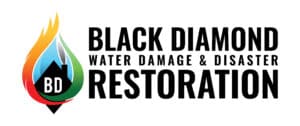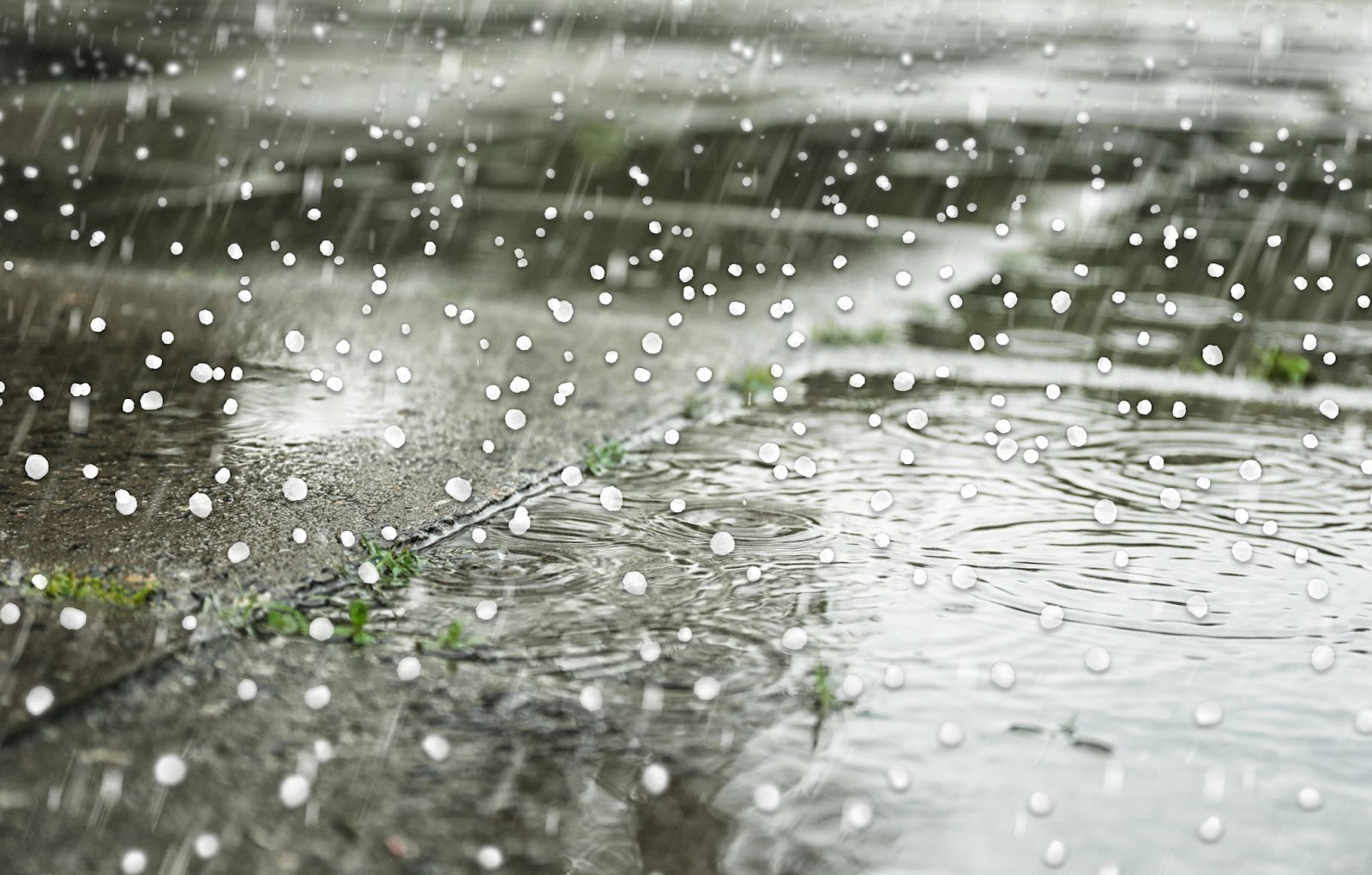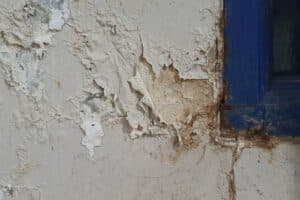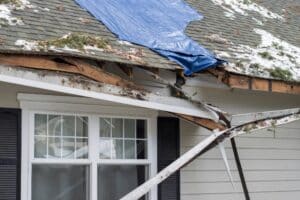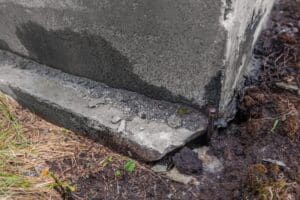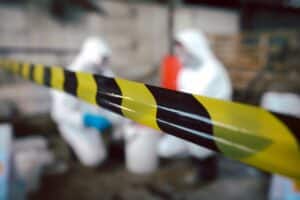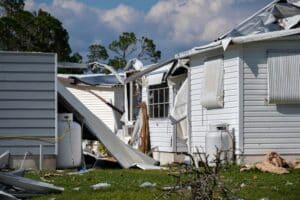Facing storm damage restoration is a challenge every homeowner hopes to avoid, but ample preparation makes all the difference in minimizing its impact.
A sudden storm upends life in an instant. Its unwelcome onslaught leaves a trail of physical and emotional wreckage that may take weeks, months, or even years to recover from. Storm damage manifests in various ways — from devastating floods and wind damage to ferocious hail and wildfires, and the scope of impact depends on many factors.
Continue reading as we explore common types of storm damage and effective remediation techniques to weather any storm.
What is storm damage?
Storm damage is the harm inflicted to property, infrastructure, and the environment because of severe weather. It typically causes substantial damage to houses, buildings, vehicles, electricity lines, trees, and other prominent structures. The severity of the damage varies depending on the storm’s intensity and length, as well as the preparedness and resilience of the impacted area.
Repairs, rehabilitation, and financial aid are necessary while recovering from a storm’s wrath. Acquainting yourself with storm damage basics will help you assess its severity, plan recovery efforts, and mitigate potential risks.
Water damage
Water damage is common during and after treacherous storms. Each repair is unique, as not all water damage stems from leaks. Heavy downpours often lead to water pooling around your home, eventually seeping in through vulnerable entry points like windows or the front door. Water damage affects everything from roofs to ceilings, walls, and flooring.
Roof damage varies significantly based on the style and quality of the roof. Clogged gutters trap water that leads to seepage through roof fractures. This excessive moisture easily leads to mold underneath shingles — an expensive repair if not caught early.
Flood damage
Flooding happens when water exceeds its regular boundaries and flows across normally dry ground. Floods are a natural calamity affecting every state in America. They often occur after intense rainstorms, rapid snowmelt, as ocean waves overflow, when runoff accumulates in rivers, if a dam fails, and in a variety of other situations.
Some floods develop gradually enough that forecasters pinpoint where they will occur days or weeks ahead. Flash floods, on the other hand, occur within a few minutes or hours. Floods occur suddenly or over a period of days, weeks, or months.
Effective flood damage recovery involves timely action to mitigate further problems. Immediate steps include water extraction, drying out affected areas, and disinfecting surfaces to prevent mold and bacterial growth. Structural assessments are imperative to identify compromised areas that require repair or reinforcement.
Hail damage
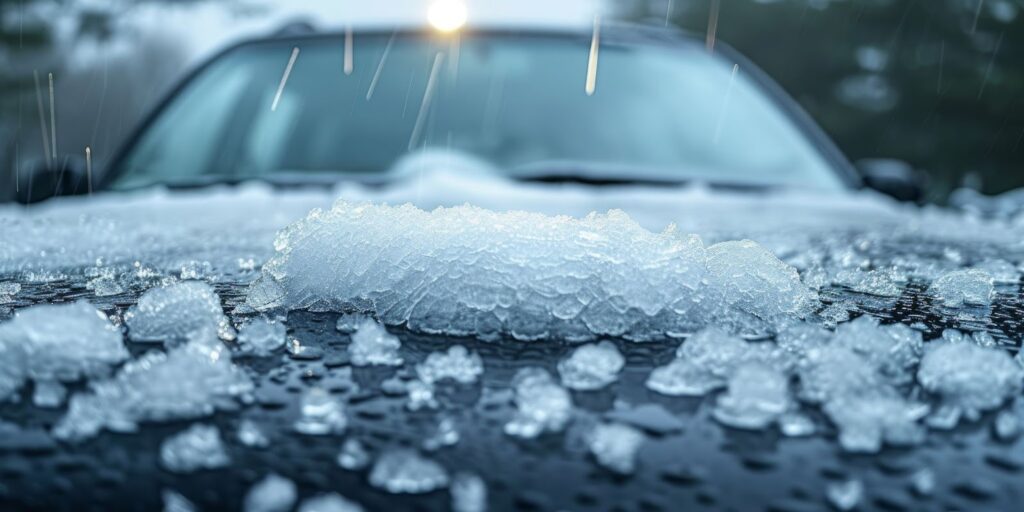
Hail is a natural meteorological phenomenon that wreaks havoc on houses, vehicles, and commercial structures. Hail forms when raindrops freeze, which usually happens during a thunderstorm; however, it may also develop during a tornado.
Hail, which ranges in size from a pea to a grapefruit, can cause substantial damage to your roof as well as fracture windows, sliding glass doors, siding, and gutters, resulting in pricey repairs and replacements. Hail may be deadly on its own, but it becomes even more dangerous when mixed with high winds.
Wind damage
Wind damage is one of the many types of storm damage to prepare for. Strong thunderstorm winds originate from several causes. Most thunderstorm winds that inflict damage on the ground are caused by outflow from a thunderstorm downdraft. Damaging winds are ones that reach 50-60 mph. Let’s look at some different types of wind damage that would require storm damage remediation.
- Macroburst – A macroburst is an outward burst of high winds at or near the surface with horizontal dimensions greater than 2.5 miles, caused by a powerful downdraft. Macroburst winds start in a small location and then expand out to a larger area. They cause destruction comparable to a tornado.
- Microburst – A microburst is a tiny, concentrated downburst that causes a burst of severe winds at or near the ground. Microbursts are tiny and short-lived — they last approximately five to ten minutes and reach maximum wind speeds of 100 mph.
There are two types of microbursts: wet and dry. A wet microburst is accompanied by significant precipitation on the ground. Dry microbursts, which are widespread in the high plains and the intermountain west, occur when little to no precipitation reaches the ground. - Gust front – A gust front is the leading edge of rain-cooled air colliding with heated thunderstorm inflow. Gust fronts are distinguished by a wind change, a drop in temperature, and gusty winds before a thunderstorm. Winds sometimes push up air above them, resulting in a shelf cloud or detached roll cloud.
Lightning damage
Lightning storms strike anywhere and pose a huge fire hazard. While lightning rods are designed to safely conduct electricity to the ground, they still cause damage to electrical wiring, appliances, antennas, satellite dishes, and other sensitive equipment when things go awry.
Following a lightning strike, thorough inspection and assessment are essential to uncover any hidden damage. Electrical systems are examined for potential surges or shorts that could compromise safety. Next, appliances and electronics are checked for functionality, as they are often vulnerable to lightning-induced power surges. Structural components like roofs are also inspected for signs of damage or fire risk.
Ice and snow damage
Snow and ice generate many household problems, including water, gutter, foundation, and mold damages. Melting snow, like precipitation, is a gateway to water damage to your roof, windows, crawl space, and foundation.
If left unchecked, melting snow might also lead to mold development. And if snow stays in your gutter for too long, the weight can send the gutter crashing to the ground. Likewise, when melting snow reaches your home’s foundation, it may lead to problematic fractures that will drain your bank account.
Ice causes many concerns, including frozen gutters and potential flood damage. When gutters freeze, they’re unable to transport water freely. This leads to leaks in and around your home’s foundation, exacerbating the difficulties mentioned above.
Tornado damage
You’ve likely witnessed the devastating power of a tornado whether or not you live in a tornado-prone state. Tornadoes technically happen in every state in the United States, although they’re most prevalent on the central plains. As such, you should prep for a tornado and understand its breadth of destruction.
Tornadoes, with wind speeds ranging from 65 to 200 mph, rip apart homes, damage roofs, and break glass doors and windows with ease. Tornado damage restoration involves comprehensive assessments to gauge structural integrity and safety hazards. It typically includes repairing or replacing damaged roofs, walls, and other critical infrastructure to restore homes.
Storm damage restoration
Now that we’ve established several common types of storm damage, here are the most crucial steps of storm damage restoration:
- Assessment – The initial phase in storm damage remediation is to determine the severity of the damage. Specialists inspect roofs for storm damage, structural damage, electrical risks, and other safety problems. They’ll handle any imminent dangers first then talk with you about how they intend to deal with all other difficulties.
- Secure the area – Following the first evaluation, experts will secure the area to avoid future damage and ensure everyone’s safety. This might include temporary fencing, warning signs, or other obstacles that limit access to potentially harmful regions.
- Debris removal – Removing trash and other dangerous debris is a critical stage in storm damage rehabilitation. Following a storm, you’ll find many fallen trees, loose branches, shattered glass, and downed power lines. All of this must be removed so that the restoration crew may operate effectively and safely.
- Repairs – This stage entails repairing any damaged foundations or load-bearing walls. It also entails fixing roofing, electrical systems, pipes, roads, bridges, and other critical structural components. Restoration teams will also work on restoring utilities and other critical services like power, water, and sewage.
- Cleaning – After structural repairs are complete, the damaged areas are thoroughly cleaned and sanitized to make them livable again. This involves removing mold, sanitizing all surfaces, and resolving environmental issues.
- Final inspection – A comprehensive final examination is performed to confirm that all restoration work is finished and the property is safe to re-occupy.
- Insurance – Your restoration team will assist you with navigating insurance claims throughout the process. They’ll also collaborate with your provider to ensure a seamless claim procedure.
Black Diamond Restoration is the way
In need of storm damage remediation? You want repair services that can address all your storm damage restoration demands. Trust the professionals at Black Diamond Restoration to be your go-to resource!
With our wide variety of services and dedication to quality, we’re committed to assisting communities in rebuilding and recovering from the terrible consequences of natural catastrophes. Our skilled and experienced specialists will guide you through the restoration process and restore your home or commercial space.
Black Diamond Water Damage and Disaster Repair is ready to exceed all your repair needs. We are situated in Murray, Utah, and proudly service Salt Lake City and the neighboring areas. With over twenty years of disaster restoration experience, we do it all! Contact Black Diamond today to get started.
toto slot